Fake images and how to find them

Movie poster: fantastic beasts and where to find theme
Let's face it, in 2019 image is everything. But this is not really a news. Allen Ginsburg, a radical writer of the 1960s, said, “Whoever controls the media - the images- controls the culture”.
Speaking of business, high-quality images increase your credibility and the perceived value of your business’products. If your competitors have killer photo editing software, they're going to appear better to your customers, even if that isn't the reality.
And it's not only business. Our personal life is also in some ways affected by what people perceive of us from our images on Instagram, Facebook, Wechat, and that's why often (always?) we add filters, frames, text, stickers and effects to our photos.
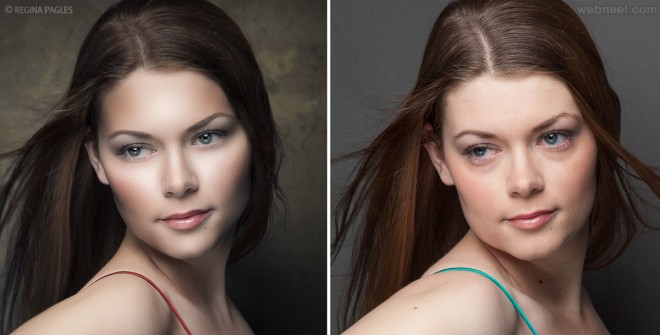
I don't want to analyze the reasons why we want our lives to appear always fun, beautiful, and happy or the places we visit amazing, the time we spend always great, why we want to appear, in one word, perfect. We all know that most of the pics we see (and post) on social media aren't completely real.
But the fact is real. Our photos, for any reason, are kind of fakes.
This is because people like beautiful fake photos. From a simple filter that can make the nature more dramatic to a complex tool that can transform a snapshot in a piece of art, the technology is so sophisticated that is often difficult to distinguish a real shot from a fake one.
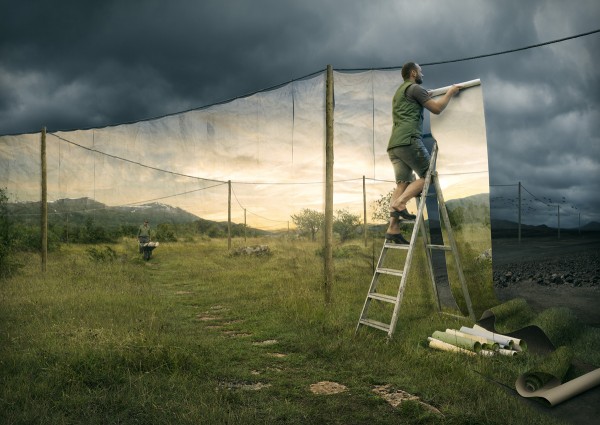
Credit Erik Johansson
There are lots of reasons to use image editors. Many graphic designers and professional photographers use editors to modify, beautify, restore old photographs, change colors or add light, adjust, crop, remove objects, retouch. They play with color, effects, create with pencils, pens, markers, and brushes that feel real.
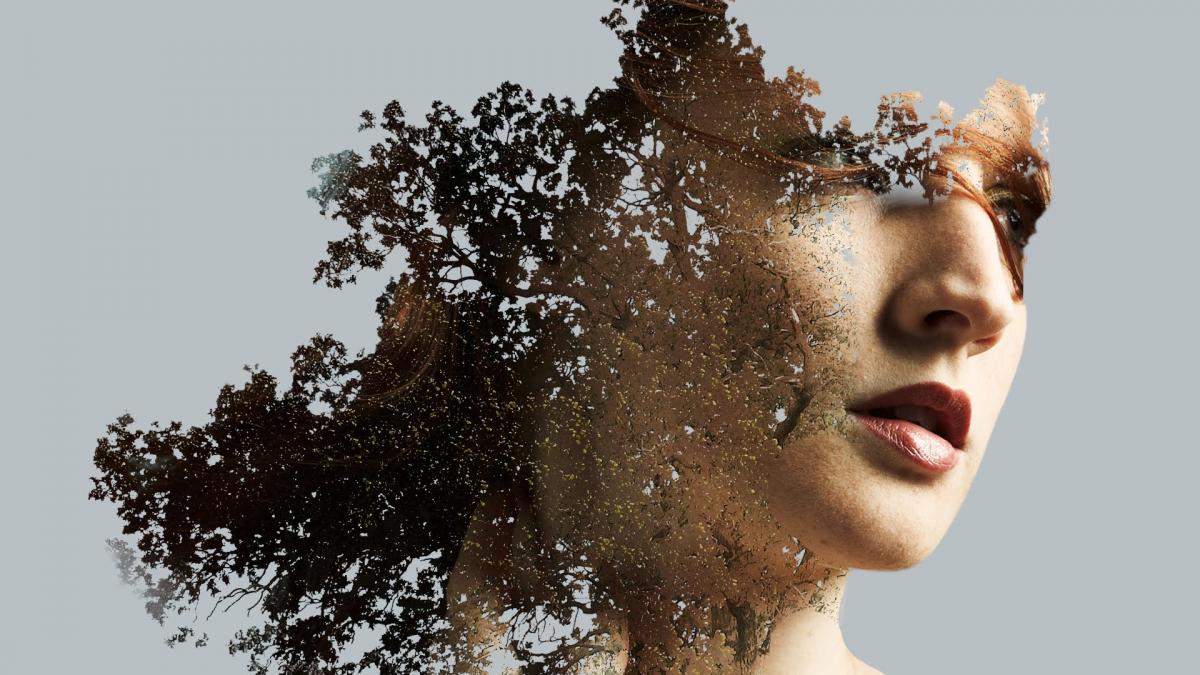
Credit Howard Pinsky
Since it was originally released in 1989, Photoshop has had a profound impact on creativity, and even more broadly, on our visual culture.
Photoshop is the most popular tool used to edit graphics, images and photos, and even if it's not the only one of course, it became the quintessential editor. When an image is modified, we commonly say that it's “photoshopped”.

Credit Carlos Quevedo
Like all image editors though, Photoshop has ethical implications: fake content is a serious and increasingly pressing issue. Internet and social media revolutionized the way we receive and perceive the news; in addition, they permitted the mass diffusion of information, exposing us to an extraordinary amount of news in a global scale, bringing forward the question: how much of what we hear and see is valid?

Real vs fake (original image by Lance Cheung)
Basically, we shape our perceptions, beliefs, and values not based on our experience but based on what we see, hear and read on mass media. And what we see it's much more impressive than what we hear or read, because images can be processed a lot faster than text: MIT neuroscientists found the brain can identify images seen for as little as 13 milliseconds!
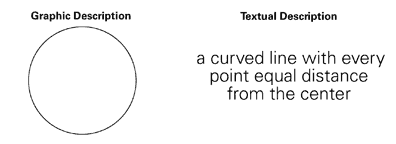
If in the example above ten words are enough, it can take a thousand words just to describe what is in one picture.
Pictures can instantly change your mood and leave impressions much faster and much more accurately than words can. And pictures have the ability to convey abstract and complex concepts such as facial expressions. But of course also facial expression can be a fake…
But the democratization of images has started.
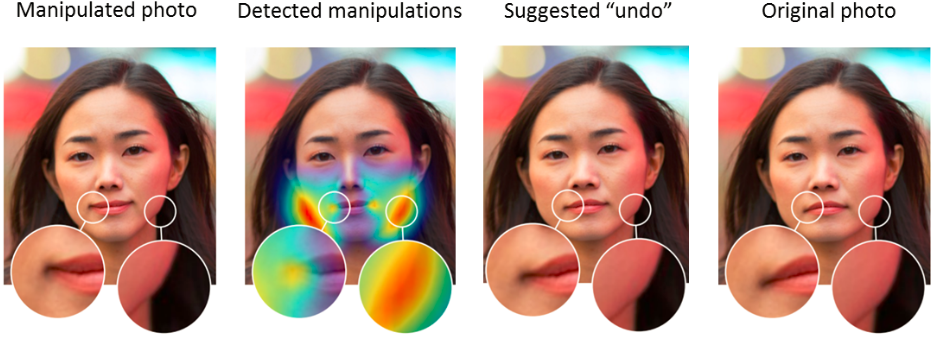
In a paper submitted on June 13th 2019 (Sheng-Yu Wang, Oliver Wang, Andrew Owens, Richard Zhang, Alexei A. Efros, Detecting Photoshopped Faces by Scripting Photoshop), Adobe researchers, along with University of California, Berkeley collaborators, developed a method for detecting edits to images that were made using Photoshop's Face Aware Liquify tool.
The study focused on one specific type of Photoshop manipulation – image warping applied to faces. This is an extremely common task used for “beautification” and expression editing.
Face warping is an interesting problem as it is a domain that is surprisingly hard for people to detect, but it is commonly used and has, as you can imagine, wide reaching implications: let's think for instance about effects of tampered images used for unscrupulous business or political purposes, or document falsification.
We already knew that AI can successfully identify which images have been manipulated. Some studies published last year (Fighting Fake News: Image SpliceDetectionvia Learned Self-Consistency; LearningRich Features for Image Manipulation Detection) show that AI can identify the type of manipulation used and highlight the specific area of the photograph that was altered.
But now, this logarithm not only can detect facial images manipulation in 99% of the cases (human detection is 53%), but also can un-do the modification.
With modified images, deep fakes and fake news being just part of the internet scenery nowadays, it is remarkable that Adobe - aware of the risks of its own product and that it could be, in some ways, part of the problem - seeks to find solutions to the possible implications.
HFG Law&Intellectual Property


